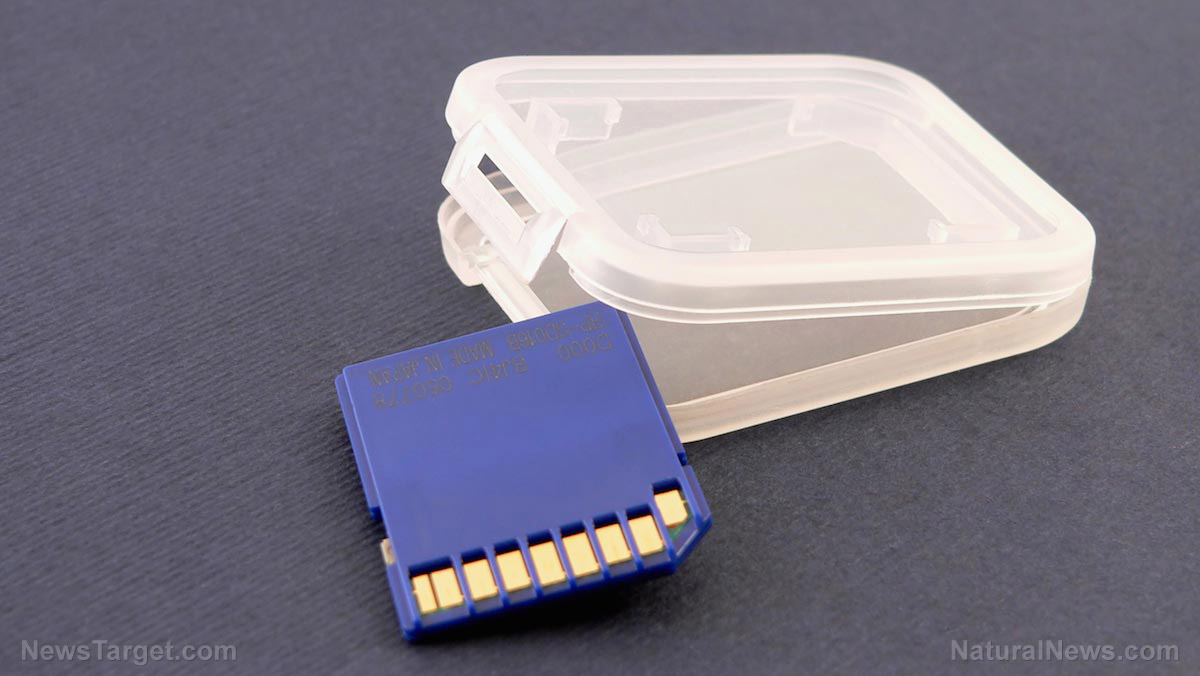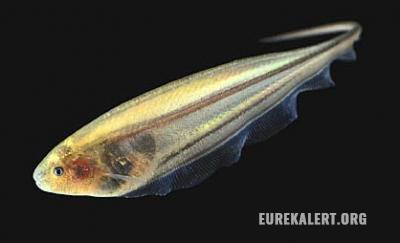NOT the movies: In the future, humankind will hurl spacecraft into asteroids in “self-defense”
03/30/2019 / By Edsel Cook

NASA is preparing for its very first planetary defense mission in a couple of years’ time. Its Double Asteroid Redirection Test (DART) spacecraft will deliberately crash itself into a near-Earth asteroid. The purpose of the kamikaze is to determine whether or not spacecraft can change the direction of a much larger space rock.
Planetary defense is the ability of humans to protect themselves from the threat of large asteroids that could hit the Earth. Missions will consist of sending spacecraft to potentially dangerous asteroids and redirecting those rocks so that they harmlessly pass the Earth instead of hitting the planet.
DART will be the very first planetary defense mission in human history. It is aimed at an asteroid that is not considered to be dangerous any time soon. The spacecraft will study its target rock before crashing into it.
The data produced by DART’s collision will be evaluated by NASA researchers. The next generation of asteroid deflection spacecraft should be much more effective at their role. (Related: NASA updates its plan to deflect potentially hazardous Earth-bound asteroids.)
NASA wants to toss DART at an asteroid
The binary asteroid Didymos is considered to be perfect for the DART mission. The smaller member of this pair of space rocks will serve as the intended target of an asteroid deflection spacecraft that is around the size of a car.
Didymos is ideal for the test due to the ease of observing it from Earth. Researchers can get a lot of data about the two members of the binary asteroid.
During DART’s initial approach, it will identify the best spot on the asteroid. After impact, NASA researchers will assess the change in the course of the Didymos member.
“We have to know where this moon is in order to impact it, to make this maximum deflection,” said Nancy Chabot, the John Hopkins University researcher in charge of the DART mission. “We understand where the system is as a whole, but specifically where that moon’s gonna be [requires tracking] because we want to try to hit it head-on.”
On its terminal approach, DART will slam into Didymos at a speed of 3.7 miles per second (6 km per second). Given its mass of 1,000 lbs, the high-speed spacecraft will impart more than 18,000 megajoules of kinetic energy into the asteroid.
NASA plans to launch DART in June 2021. The spacecraft is expected to slam into Didymos in October 2022.
Spotting an asteroid heading toward Earth is the vital half of planetary defense
DART may have a companion for its one-way trip to Didymos. The Italian Space Agency wants to send a small cubesat along with its bigger American counterpart to provide a witness to the final moments of the latter.
In addition, the European Space Agency is planning to send its Hera spacecraft to Didymos several years after the DART mission. The European satellite will conduct follow-up studies on DART’s effect on the asteroid, including measuring the impact crater.
Chabot stressed that the important part of planetary defense is to keep track of all the asteroids in near-Earth orbit and determine whether or not they will become a threat to humans many years down the line. The typical asteroid deflection mission is going to be relatively unspectacular.
“To do something like this, we’d also need a really long warning time; the idea of a kinetic impactor is definitely not like [the movie] ‘Armageddon,’ where you go up at the last hour and you know, save the Earth,” she warned. “This is something that you would do five, 10, 15, 20 years in advance – gently nudge the asteroid so it just sails merrily on its way and doesn’t impact the Earth.”
Sources include:
Tagged Under: asteroid collisions, asteroid deflection mission, asteroid deflector, breakthrough, cool science, discoveries, Double Asteroid Redirection Test, Earth, military technology, NASA, outer space, planetary defense, planetary defenses, science, Space, space weapons, Spacecraft, weapons technology



















